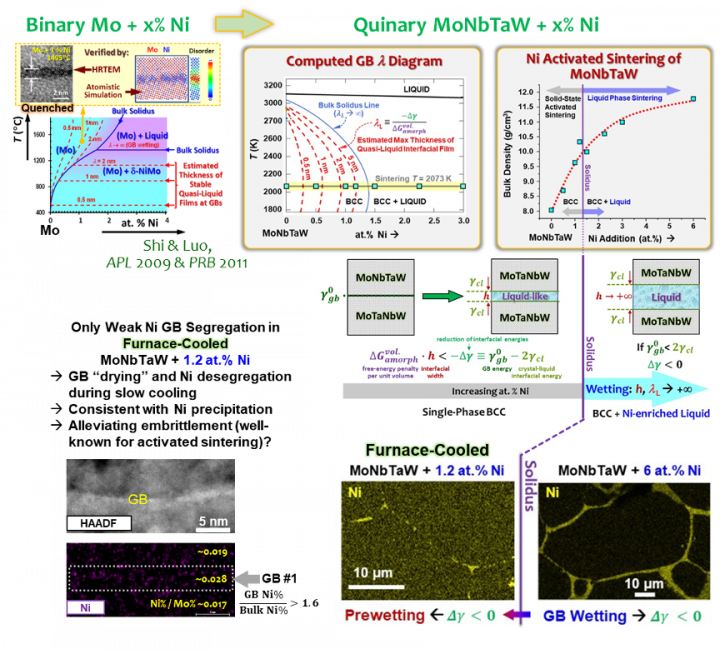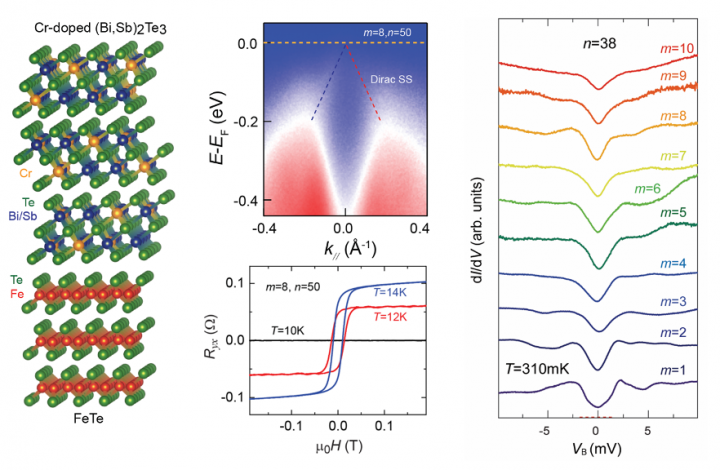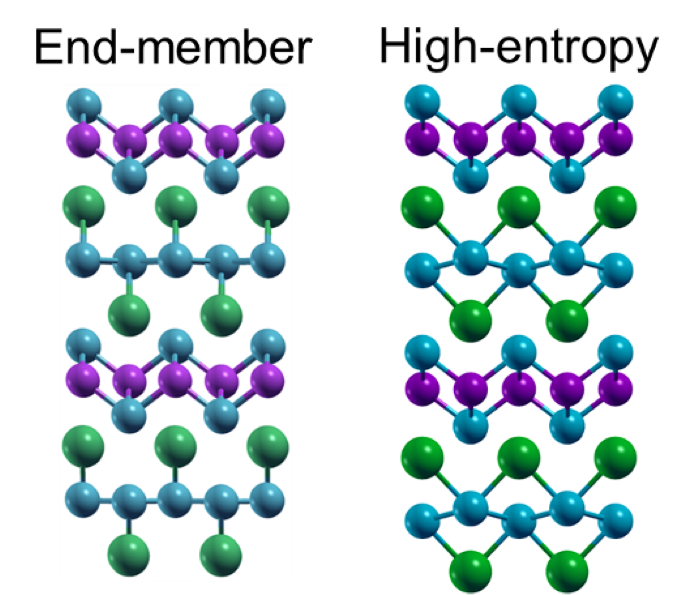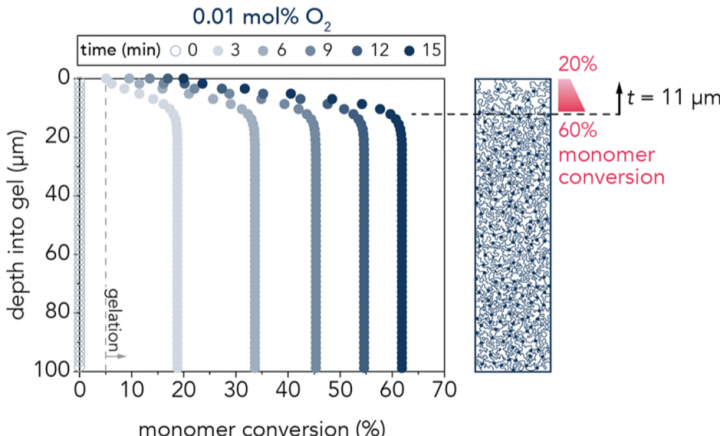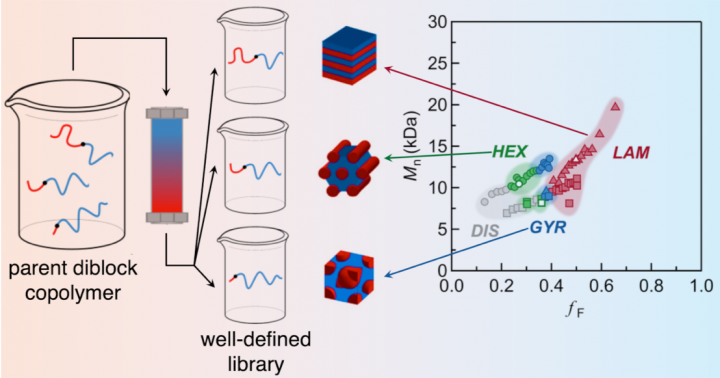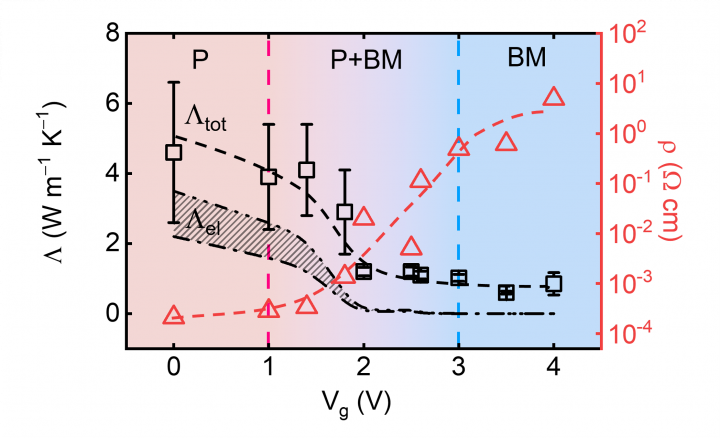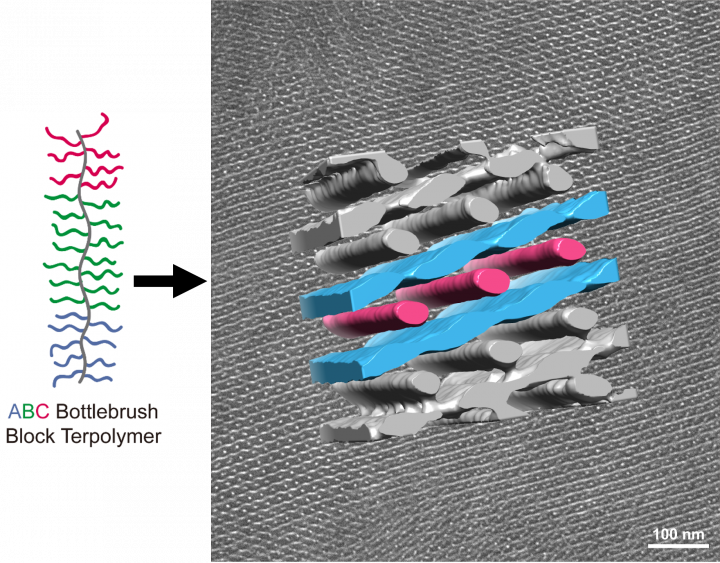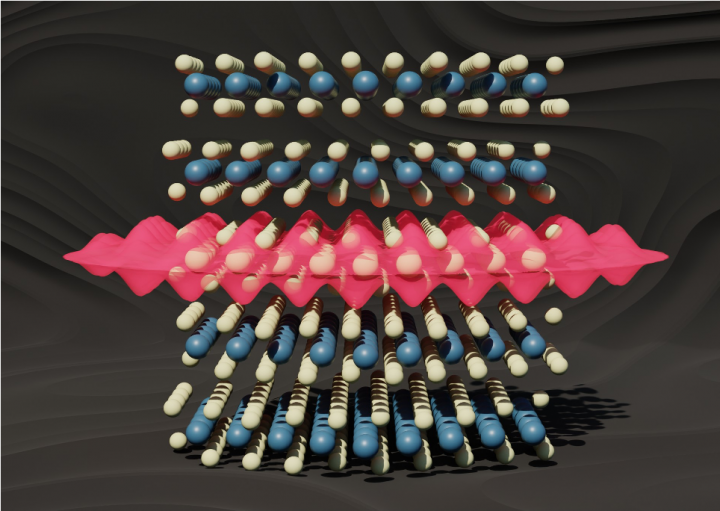UCI MRSEC researchers have performed the first in-depth time-resolved cryo-electron microscopy study on molecular active materials formed under dissipative self-assembly conditions and compared the results to the same molecular formed under thermodynamic control. They found that the dissipative self-assembly conditions can stabilize the formation on transient, thermodynamically unstable phases and that these phases can be highly ordered.


